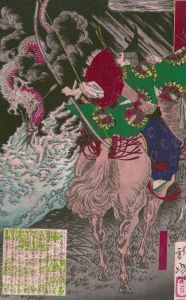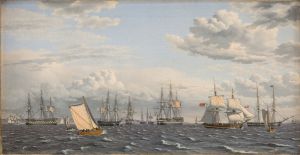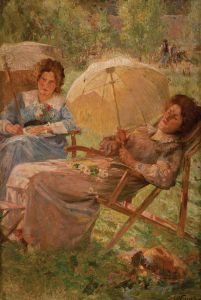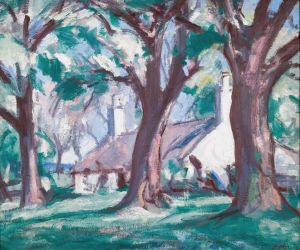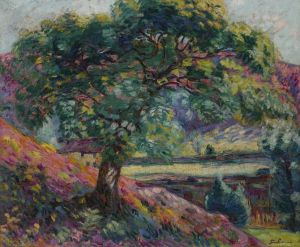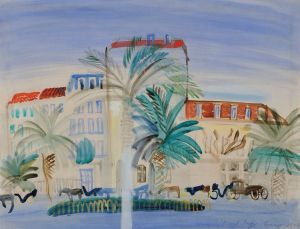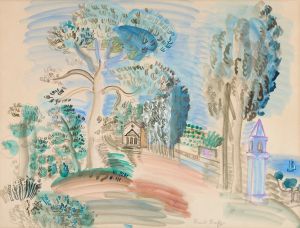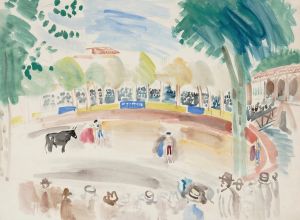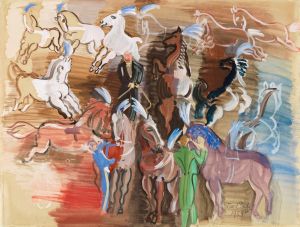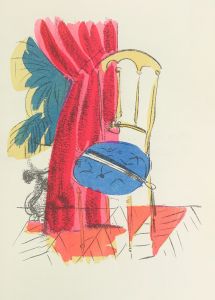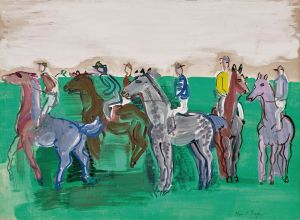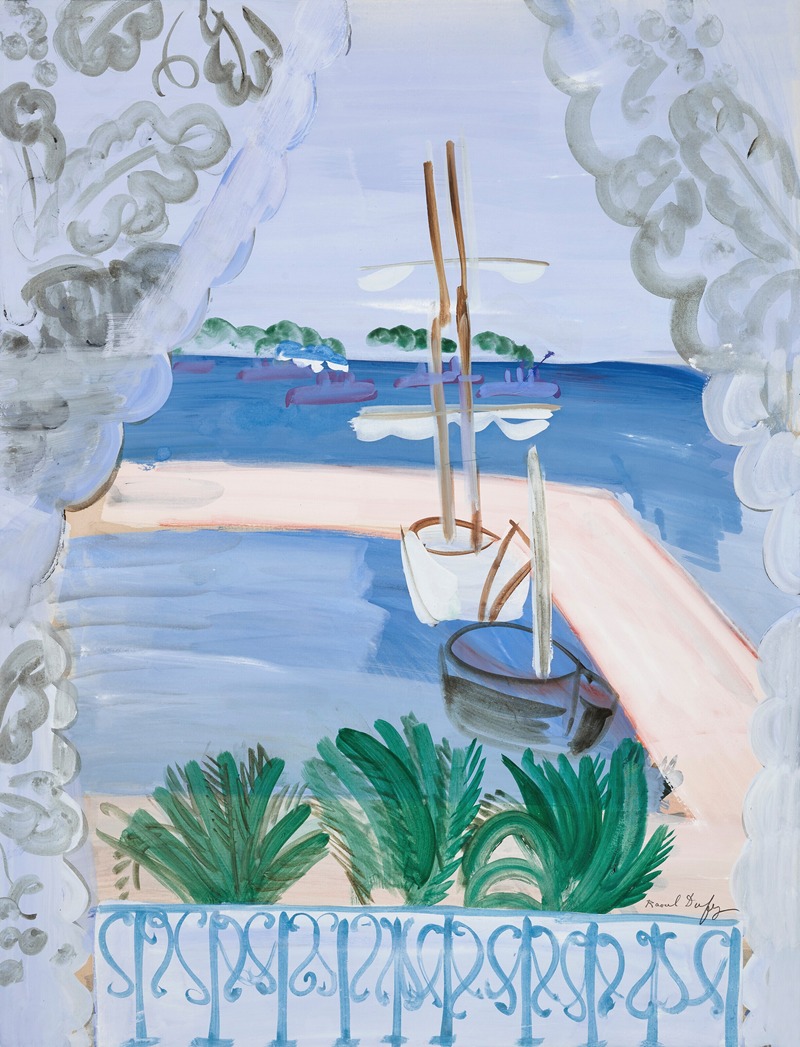
Fenêtre ouverte à Golfe-Juan
A hand-painted replica of Raoul Dufy’s masterpiece Fenêtre ouverte à Golfe-Juan, meticulously crafted by professional artists to capture the true essence of the original. Each piece is created with museum-quality canvas and rare mineral pigments, carefully painted by experienced artists with delicate brushstrokes and rich, layered colors to perfectly recreate the texture of the original artwork. Unlike machine-printed reproductions, this hand-painted version brings the painting to life, infused with the artist’s emotions and skill in every stroke. Whether for personal collection or home decoration, it instantly elevates the artistic atmosphere of any space.
Raoul Dufy (1877–1953) was a French Fauvist painter known for his vibrant use of color and light. His works often depicted leisure scenes, landscapes, and interiors, reflecting a joyful and decorative style. One of his notable paintings, Fenêtre ouverte à Golfe-Juan (Open Window at Golfe-Juan), exemplifies his characteristic approach to capturing the interplay of light, color, and space.
This painting portrays an open window overlooking the coastal town of Golfe-Juan, located on the French Riviera. The composition is marked by Dufy's signature use of bold, expressive brushstrokes and a vivid color palette. The scene combines interior and exterior elements, with the open window serving as a frame that connects the viewer to the sunlit Mediterranean landscape beyond. The painting reflects Dufy’s fascination with the relationship between interior spaces and the natural world, a recurring theme in his work.
Dufy’s Fauvist influences are evident in the painting’s vibrant and non-naturalistic colors. The Fauvist movement, which emerged in the early 20th century, emphasized the emotional impact of color over realistic representation. In Fenêtre ouverte à Golfe-Juan, Dufy employs this approach to create a sense of warmth and vitality, capturing the essence of the Mediterranean environment rather than its precise details.
Golfe-Juan, the setting of the painting, is a small coastal town in southeastern France, known for its picturesque views and connection to the arts. The town has historically attracted artists and writers, drawn by its scenic beauty and the quality of light in the region. Dufy himself spent time in the south of France, where the Mediterranean landscape became a significant source of inspiration for his work.
The painting also reflects Dufy’s interest in decorative art and design. In addition to his work as a painter, Dufy was involved in textile design and other applied arts, and this influence can be seen in the rhythmic patterns and harmonious composition of Fenêtre ouverte à Golfe-Juan. The work exemplifies his ability to blend fine art and decorative elements, creating a piece that is both visually striking and evocative.
Today, Fenêtre ouverte à Golfe-Juan is recognized as an example of Dufy’s mastery in capturing the spirit of place through color and form. The painting continues to be celebrated for its joyful and luminous depiction of the Mediterranean, reflecting Dufy’s unique artistic vision.





